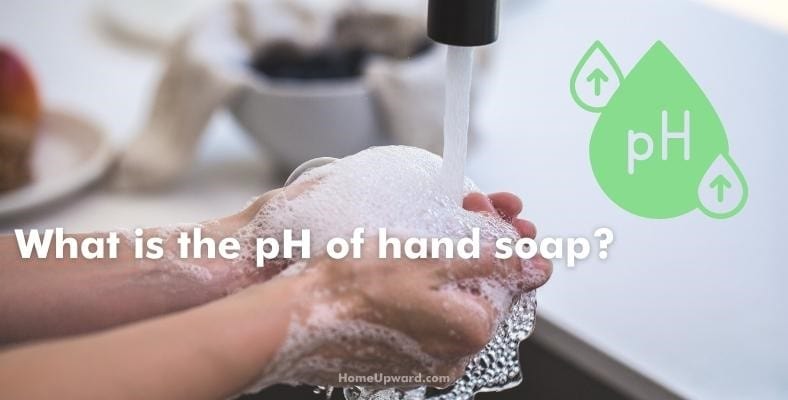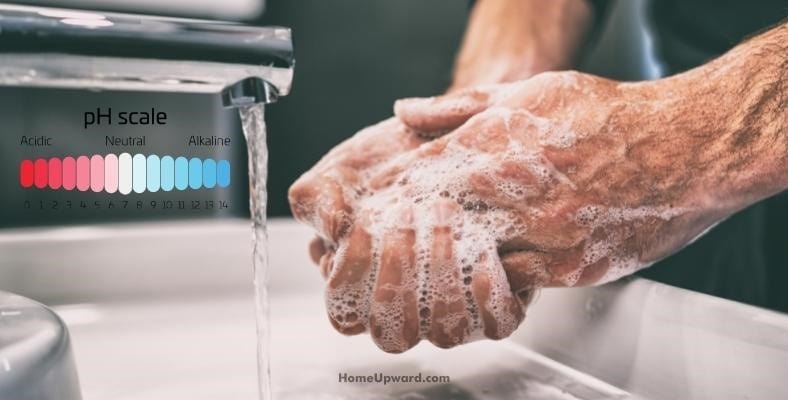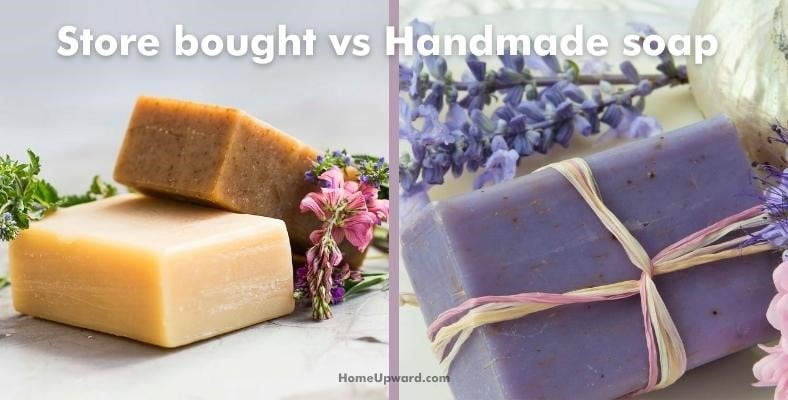Contents
What is the pH of Hand Soap?
To determine the acidity or alkalinity of a substance, you test its pH. The pH scale is ranked from zero to 14, with zero representing the most acidic and 14 representing the most alkaline substances. Hand soap typically lands on the more alkaline side, with a pH of about nine or ten.
What Does pH Mean?
A Danish chemist discovered the measurement of pH in the early 1900s. Some say the “p” stands for the “power” or “potential” of hydrogen or “quality of hydrogen.”
Is Hand Soap a Base or Acidic?
Hand soap is always a base. When the pH of soap gets too acidic, the soap will no longer make suds.
While cold process soap or other homemade hand soap must always be a base to function properly, detergents can skew into the more acidic territory. Shampoos, dish soap, and other detergents are usually more acidic.
Example Everyday Substances and Their pH Values
Battery acid ranks as a zero, or the most acidic. Stomach acid has a pH of 1. Coffee typically ranks with a pH of about 5 as a weak acid. The neutral part of the pH scale is at 7, the pH of distilled water. Baking soda has a pH of 8, and bleach has a very alkaline score of 13 pH.
Testing the pH of Homemade Soap
Testing the acidity or alkalinity of soap is essential for the people making it, but it’s not something you’ll need to worry about for the average consumer.
Do You Really Need to Test the pH of Your Soap?
When soap making, it is important to test the pH to make sure it is within a level that will work as a cleanser and is safe to use on your body.
How to Test Hand Soap pH
There are at least five different ways to test your soap’s levels to determine how acidic it is.
1. pH Paper (Litmus Paper)
Simply dip the pH strip into the solution, or place a drop of solution on the pH paper. Compare the color of the pH paper to the answer key printed on the side of the box.
2. Using a pH Meter
A pH meter is a simple electronic device that you dip into the solution. After a few seconds, the meter will tell you the pH level of your solution.
3. Phenolphthalein
If you want to dig more into chemistry, you can test the pH of a solution using the chemical phenolphthalein. This substance is colorless until it reaches a pH of 8.5 and turns pink. As the solution becomes more alkaline, it turns a deeper red.
4. Purple Cabbage Juice
Combine cabbage juice leftover from boiling a head of cabbage with the hand soap you are testing. The color will change to reflect the acidity or alkalinity of your solution. View this chart to see more on how this works.
5. Using Your Tongue
If you feel a little zap on your tongue when you touch the homemade soap to the tip, that means it still contains too much lye and is still too harsh to be used on the skin.
Store Bought vs Handmade Soap – Which is Best for Your Skin?
Handmade soap is usually better than store-bought if possible. However, if you have sensitive skin or dry skin, carefully watch the pH level to make sure it is not too harsh.
What is the Suitable pH Level in Soaps for Infants and Babies?
This 2016 study recommends choosing a slightly more acidic soap for infants and babies, at closer to a pH level of between 4.4 and 7.9. Liquid soap or body wash is recommended instead of hot process soap or other homemade versions for infants and babies.





